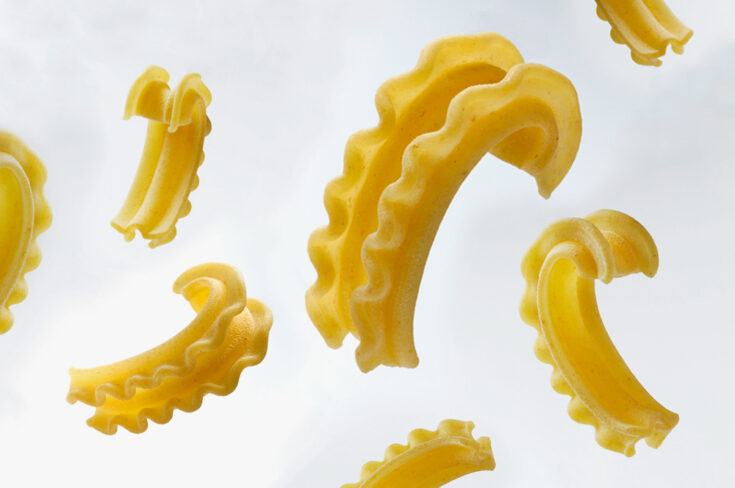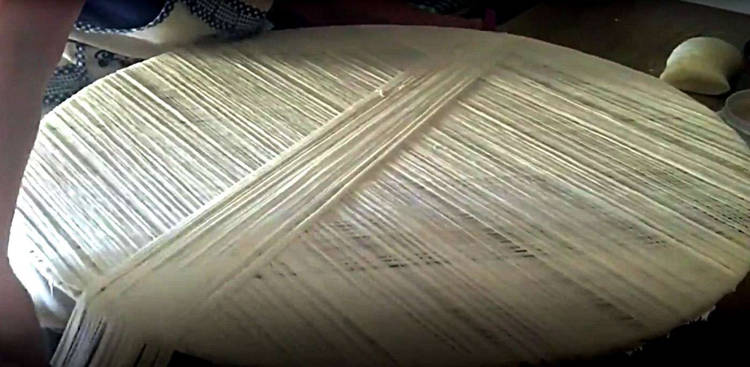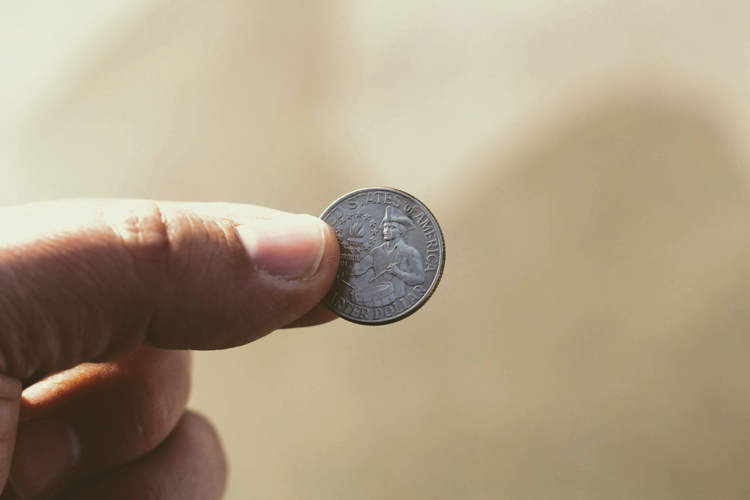Inspired by the firm belief that spaghetti is far from the ideal shape for pasta, a man set out to create a perfectly shaped pasta. The result of his hard work is now known as cascatelli.
The story of how cascatelli came to be began in 2018, when Dan Pashman, the host of the James Beard and Webby Award-winning “Sporkful” podcast, made some harsh remarks about spaghetti, on the stage of the Caveat Theater, in front of a live audience. His comments got a lot of attention and inspired him to dedicate a lot of his time to researching pasta shapes in a quest to create the ideal pasta design, which needed to have an appealing texture, have the perfect bite, and, most importantly, hold the right amount of sauce. Believe it or not, he spent almost three years on this project.










